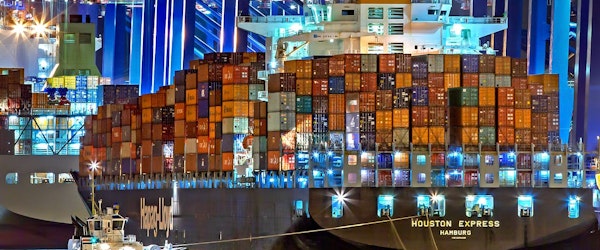
How Global Shipping Fuels Climate Change and What We Can Do About It
Tuesday, May 6th, 2025 Catastrophe Marine Risk Management TechnologyThe shipping industry powers nearly 90% of global trade—but it’s also a major driver of climate change. Emitting more carbon dioxide than Germany each year, maritime shipping remains one of the most carbon-intensive and slowest-to-decarbonize sectors. Heavy fuel oil (HFO), the industry’s primary energy source, is cheap but highly polluting, releasing sulfur dioxide, nitrogen oxides, and carcinogenic particles that harm both health and the climate. The resulting environmental toll includes intensifying storms, droughts, and disruptions to trade routes, such as the historic 2023 drought that limited traffic through the Panama Canal.
As sea levels rise and ports face increasing damage, experts project the shipping industry could face $10–25 billion in annual losses by century’s end. Yet, efforts to curb emissions remain limited. While the International Maritime Organization (IMO) has set targets to achieve net-zero emissions by 2050, these goals are non-binding and lack robust enforcement. A practical and immediate mitigation strategy is ‘slow steaming’—reducing ship speeds to cut fuel consumption and emissions by as much as 30%, with minimal cost and effort.
Innovation is beginning to chart a cleaner course for the industry. Wind-assisted propulsion systems like Cargill’s foldable wings and Airseas’ kite-towed ships promise significant emissions reductions. While full solar or electric-powered cargo vessels remain impractical for transoceanic travel, regional electric ships are proving viable. These technologies, while still emerging, represent a necessary transition away from fossil fuels.
Ultimately, industry-wide transformation will require stronger regulation, infrastructure investment, and consumer behavior shifts. Supporting local economies, reducing unnecessary consumption, and advocating for sustainable policy are ways everyone—from insurers to consumers—can help drive the shipping sector toward a greener future.





